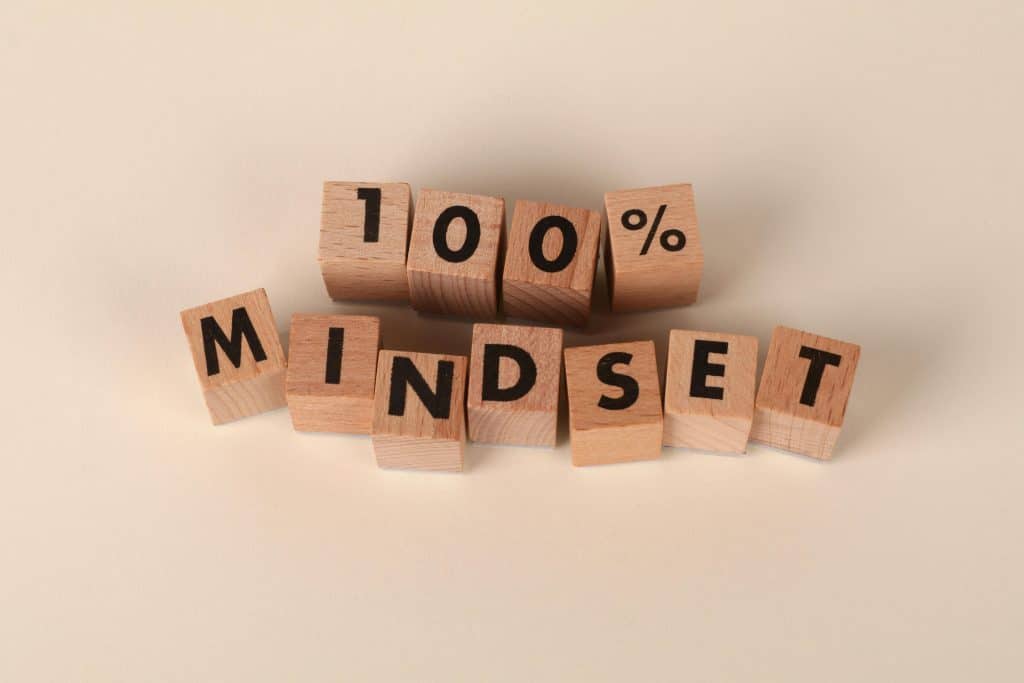In a world obsessed with checking boxes, time-tracking apps, and daily output, it’s easy to confuse a productive day with true progress. But quantity doesn’t equal quality—especially when it comes to knowledge work. What if we’ve been measuring the wrong things all along?
What actually moves us forward isn’t just getting through a long to-do list. It’s building a productive mind, one capable of focused thinking, long-term decision-making, and handling complexity without crumbling. A productive mind not only gets things done—it knows why, when, and how to engage its energy wisely. This subtle shift is becoming essential in an increasingly distracted and fast-paced world.

The Rise of Mindful Productivity
Recent research reveals a deeper issue: working longer doesn’t guarantee better results. A study from Vox highlights how productivity “hacks” and extended work hours often backfire, increasing stress and reducing effective output. Georgetown professor Cal Newport suggests relying instead on solid foundations like calendars, focused time blocks, and integrity safeguards that support deliberate mental work.
Each day offers a window—often brief—for deep, meaningful work. Today, professionals like neuroscientist Mithu Storoni are advocating alignment with our brain’s natural rhythms. In Business Insider, she reveals that tailoring your schedule to match periods for creativity, focus, and rest unlocks unmatched efficiency.
This emerging trend, which I call mindful productivity, prioritizes a productive mind over mere activity. It’s about working with your inner clock and cognitive limits to cultivate sustained mental performance.
What It Means to Have a Productive Mind
| Feature | Productive Day | Productive Mind |
|---|---|---|
| Approach | Complete tasks | Serve long-term goals |
| Metrics | Hours worked, items done | Cognitive clarity, creativity |
| Workflow | Back-to-back tasks | Alternating work/rest cycles |
| Goal | Immediate output | Well-being and ongoing growth |
A productive mind isn’t about crossing off a to-do list. Instead, it invokes:
- Focused work blocks, aligned with peak brain rhythms
- Periodic breaks and rest, for incubation and clarity
- Deep thought sessions, for learning, synthesizing, and planning
- Self-awareness, tuning into your mind’s capacity and boundaries
The Cognitive Science Behind the Shift
1. Thinking vs. Doing Modes
Cognition Today explains that our brains alternate between the Central Executive Network (CEN), which drives focused tasks, and the Default Mode Network (DMN), which governs reflection, creativity, and idea synthesis. A productive mind transitions flexibly between these states.
2. The Pitfalls of Multi‑tasking
The American Psychological Association reports that shifting tasks—even briefly—can cost up to 40% of productivity due to mental restart costs. A productive mind minimizes these interruptions and defends its mental focus.
3. Ultradian Rhythms and Peak Focus
Fast Company emphasizes that our focus works in ~90-minute ultradian cycles: ~90 minutes of productivity, then ~20 minutes of rest. A productive mind respects these cycles, avoiding burnout and sustaining clarity.
4. Value of Strategic Idle
Time magazine and Sana Ross reveal that deliberate breaks—not as distractions, but as structured idleness—boost creativity and enhance learning through the brain’s natural incubation process.
How to Build a Productive Mind: A Practical Blueprint
1. Map Your Cognitive Rhythms
Track your energy peaks across morning, midday, and evening. Research shows complex tasks align better with early hours, while creative insight benefits from off-peak periods. Begin by experimenting with 2–3 ultradian cycles of work + break in a day.
2. Establish Focused Time Blocks
Create 90-minute blocks dedicated to deep work—writing a report, coding, or strategizing. During these, remove all distractions—silence notifications, close unused tabs. Storoni recommends this system in her “Three Brain Gears” strategy.
3. Schedule Mindful Breaks
Following each deep block, take a 20-minute break. Use the time for low-effort activities: walking, stretching, or creative diversion like doodling or reading fiction.
4. Reflect Daily and Weekly
Record how you felt during deep blocks and creative moments. Note times you felt sharpest and most drained. Weekly reflection helps you refine alignment between your tasks and mental capacity.
5. Guard Non-Work Time
A productive mind relies on rest—quality sleep, low-stimulation evenings, and screen-free time. Time magazine study shows that intentional downtime significantly restores mental energy.
Real Examples: The Power of Cognitive Friction
Consider the case of a startup founder who shifted from 10-hour days to 5 focused hours with strict boundaries. He reported not only higher productivity but improved team strategy sessions—because he had time to think.
Or a designer who blocked off Monday mornings for creative work and unplugged on Friday afternoons for learning and reading. These “thinking hours” generated better concepts, faster approvals, and lower revision cycles.
In both cases, the difference wasn’t just in routines—it was in mindset. The goal was not to do more tasks, but to build a more capable, rested, and strategic brain.
Why Mind Over Day Matters Now
- Burnout reduction: Following a rhythm of focus and rest decreases fatigue and mental strain.
- Information overload: A productive mind actively sorts, integrates, and retains critical knowledge rather than chasing shallow wins.
- Sustainable performance: Deep work cycles can be sustained for weeks; frantic busyness burns out in days.
Conclusion
Having a productive mind, not just a productive day, is about aligning tasks with cognitive states. It requires rhythm, strategy, intentionality, and the self-awareness to recognize when your brain needs focus—and when it needs rest.
By embracing mindful productivity—recognizing deep work cycles, honoring downtime, and resisting busyness for busyness’ sake—you achieve not only more, but better, and sustainably so.
References
- Newport, C. (2016). Deep Work: Rules for Focused Success in a Distracted World. Grand Central Publishing.
https://www.calnewport.com/books/deep-work/ - American Psychological Association. (2023). Multitasking: Switching Costs.
https://www.apa.org/topics/research/multitasking - Jabr, F. (2013). Why Your Brain Needs More Downtime. Scientific American.
https://www.scientificamerican.com/article/mental-downtime/ - Griffiths, S. (2023, March 15). Doing Nothing Can Be the Most Productive Thing You Do Today. TIME Magazine.
https://time.com/6254135/doing-nothing-more-productive/









